Can Too Much Air-Conditioning Ruin Skin? Let’s Clear It Up!
Spending all day in an air-conditioned room—from morning meetings to late-afternoon emails—might feel like a dream for comfort. But, it could be a nightmare for skin!
Dry indoor air can strip the skin of its moisture, weaken the skin barrier, and increase the risk of irritation and premature ageing (Jung et al., 2020). The problem only gets worse when moving between overly cold and hot environments throughout the day.
Why Dry Indoor Air is Bad News for Skin
AC and Skin Stress: The Connection
When the skin barrier is compromised due to constant exposure to dry air, it becomes more vulnerable to irritation and bacterial or microbial invasion. This imbalance can lead to inflammation, eczema, or other sensitive skin conditions (Dreno, 2023).
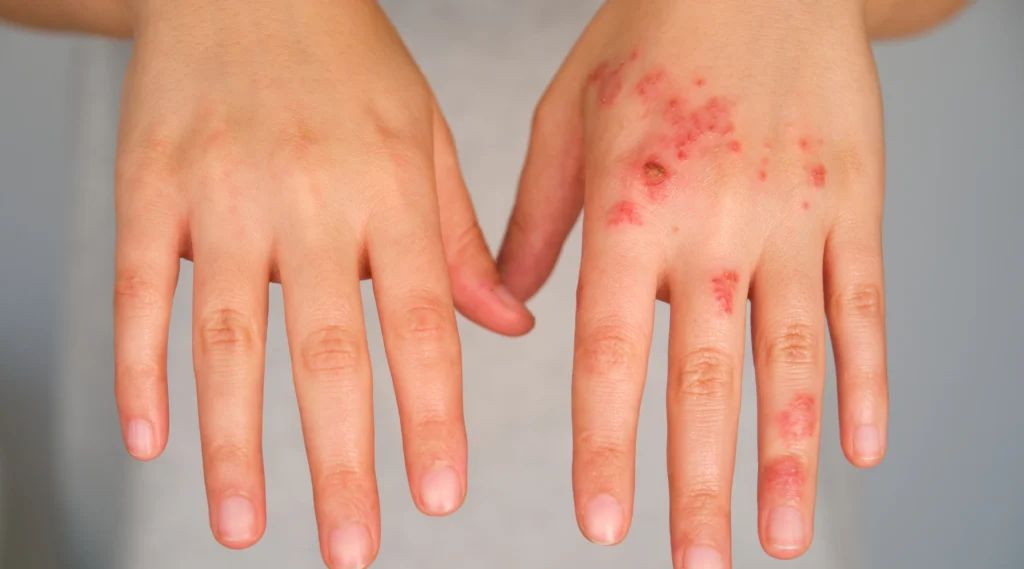
wund+™ Regeneration Cream to the Rescue
Advanced Hydration and Protection, All in One
wund+™ Regeneration Cream by GWS Wellness is formulated with a blend of powerful yet gentle ingredients: urea, panthenol, shea butter, allantoin, and the innovative antimicrobial MicroSilver™.
- Deep Hydration: Urea and shea butter lock in moisture and strengthen the skin barrier, helping prevent water loss.
- Soothing Care: Panthenol and allantoin calm irritated skin while supporting natural cell regeneration.
- Microbial Defence: MicroSilver™ offers long-lasting antimicrobial protection, without disrupting the skin’s natural balance.
Calm, Protected Skin—Even Indoors!
Don’t let dry, air-conditioned spaces compromise skin health. With consistent use of wund+™ Regeneration Cream, skin stays hydrated, resilient, and ready to take on any indoor routine. No dryness, no drama! (AP)
References
Dreno, B. (2023). The Role of Dermocosmetics in Skin Barrier Restoration. Clinical Dermatology, 21(1), 45–52.
Jung, M. (2020). Exposure to Cold Airflow Alters Skin pH and Epidermal Barrier Function. ScienceDirect.
Piquero-Casals, J. (2021). Urea in Dermatology: A Review of Its Emollient, Moisturising, Keratolytic, Skin Barrier Enhancing and Antimicrobial Properties. Dermatology and Therapy, 11(6), 1905–1915.








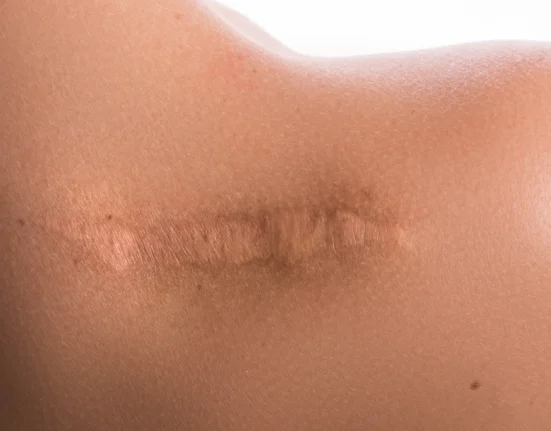
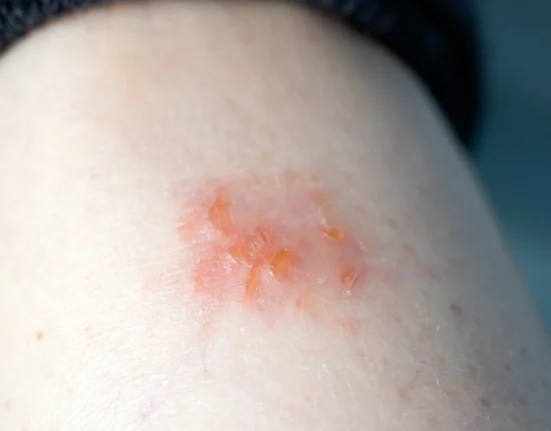
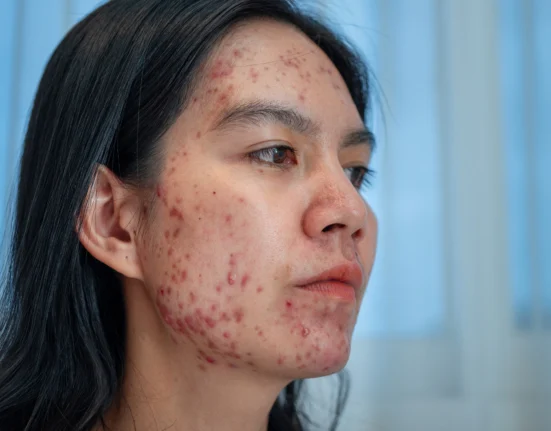
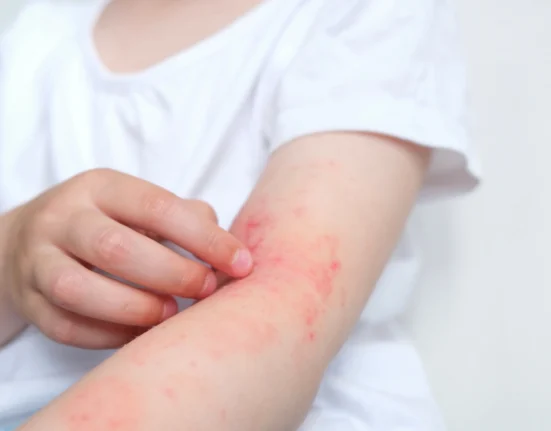


Leave feedback about this